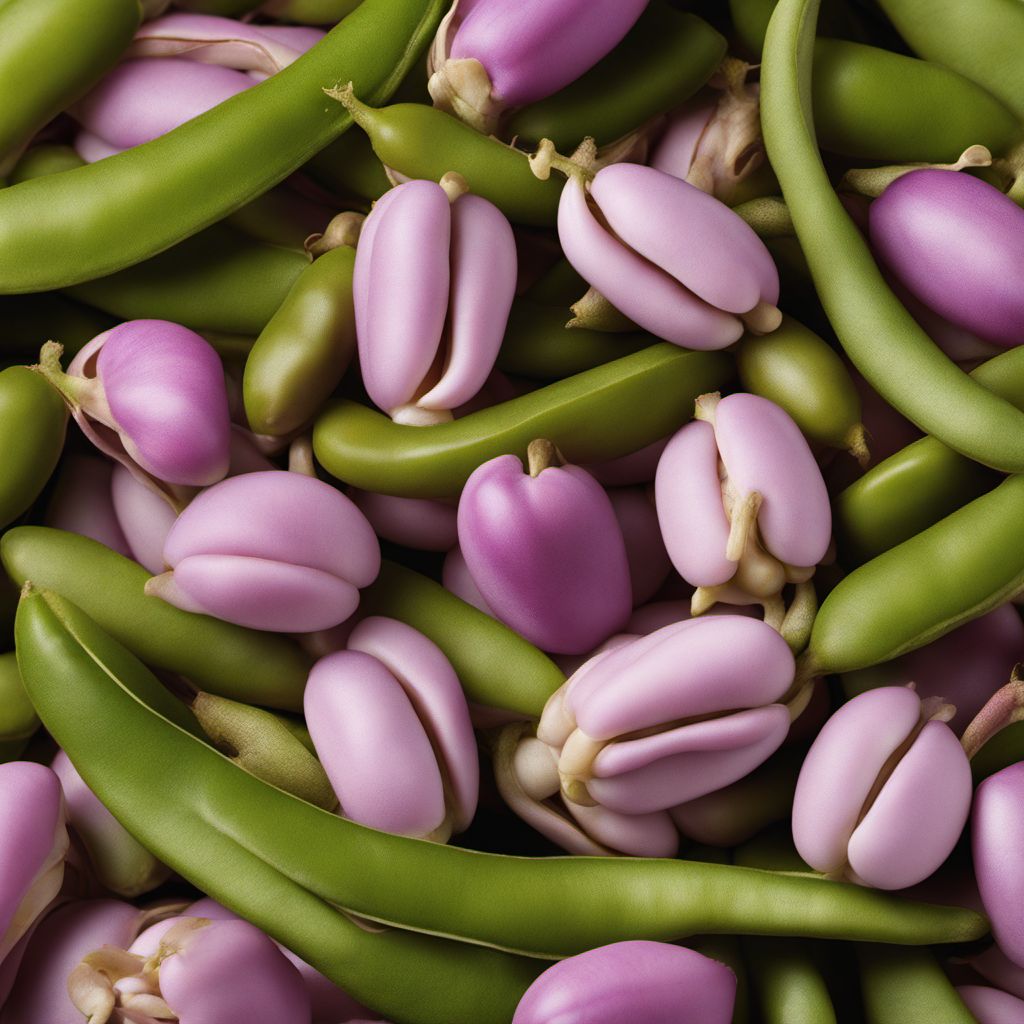
Ingredient
Lablab beans (with pods)
The Versatile and Nutritious Lablab Beans: A Pod of Health and Flavor
Lablab beans are large, flat, and elongated pods that encase vibrant, plump beans. The pods are typically green, but can also be purple or speckled. The beans themselves are creamy white or pale green with a smooth texture. Lablab beans have a mild, nutty flavor and a tender yet slightly crisp texture when cooked. They are often compared to green beans or snap peas in terms of taste and texture.
Origins and history
Lablab beans have a long history and are believed to have originated in Africa. They have been cultivated for centuries in various parts of the world, including Asia, the Americas, and the Caribbean. Lablab beans have cultural significance in many cuisines, such as Indian, Ethiopian, and Jamaican, where they are used in a variety of traditional dishes.
Nutritional information
Lablab beans are a nutritional powerhouse, rich in protein, fiber, and essential vitamins and minerals. They are low in calories and fat, making them a healthy addition to any diet.
Allergens
Lablab beans are not known to be common allergens, but individuals with legume allergies should exercise caution.
How to select
When selecting lablab beans, look for fresh, vibrant green pods that are firm and free from blemishes or discoloration. The pods should snap easily when bent, indicating freshness. Avoid pods that are overly mature or have dried out.
Storage recommendations
To maintain the freshness and quality of lablab beans, store them in a perforated plastic bag or airtight container in the refrigerator. They can be kept for up to a week, but it is best to consume them as soon as possible for optimal flavor and texture.
How to produce
Lablab beans can be easily grown by amateur gardeners. They thrive in warm climates and require well-drained soil and full sun. Sow the seeds directly in the garden or in containers, and provide support for the climbing vines. Regular watering and occasional fertilization will help ensure a bountiful harvest.
Preparation tips
To prepare lablab beans, start by removing the pods from the plant. Rinse them thoroughly under cold water to remove any dirt or debris. Trim the ends of the pods and remove any tough strings. Lablab beans can be enjoyed raw in salads or lightly steamed, sautéed, or stir-fried for a delicious side dish. They can also be added to soups, stews, or curries for added texture and flavor.
Substitutions
If lablab beans are not available, green beans or snap peas can be used as substitutes. They have a similar taste and texture that can complement various dishes.
Culinary uses
Lablab beans are commonly used in a variety of cuisines. They can be stir-fried with garlic and soy sauce, added to curries or stews, or used in salads and vegetable medleys. In Indian cuisine, they are often cooked with spices and served as a side dish. Lablab beans can also be pickled or preserved for later use.
Availability
Lablab beans are commonly available in tropical and subtropical regions, including Africa, Asia, and the Caribbean. They are also cultivated in some parts of the Americas.
More ingredients from this category » Browse all

Vetches (with pods)
The Versatile Vetches: Pods Packed with Potential

Black gram (young pods)
The Green Delicacy: Black Gram Young Pods

Ervils (with pods)
The Versatile Legume: Ervils

African locust bean (with pods)
The African Umami
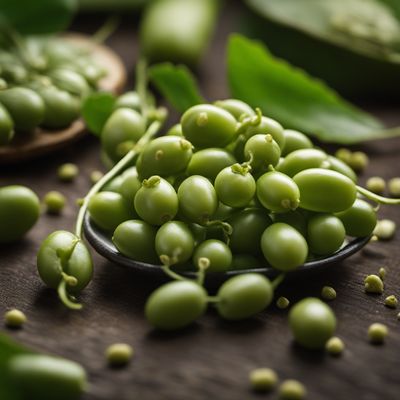
Mung beans (with pods)
The Versatile Green Gem
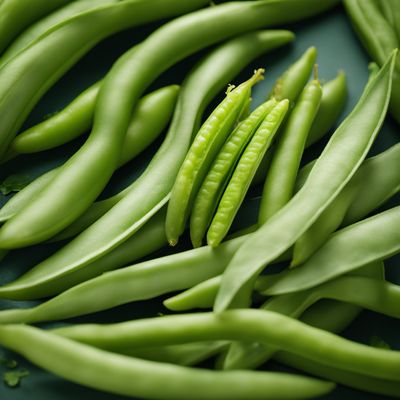
Slicing bean (young pods)
The Versatile Delight: Exploring the World of Slicing Beans

Jack beans (with pods)
The Versatile Legume: Jack Beans with Pods
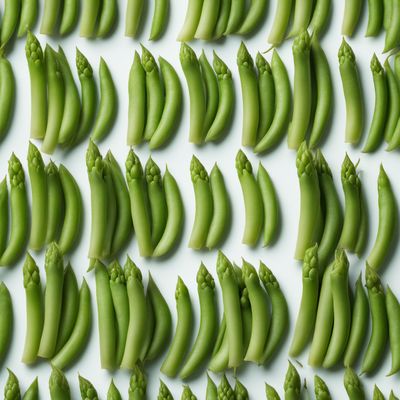
Goa bean (young pods)
The Green Delight: Exploring the Versatility of Goa Bean Pods

Rice beans (with pods)
The Versatile Delight: Exploring Rice Beans with Pods

Sword bean (young pods)
The Versatile Bean of the Tropics
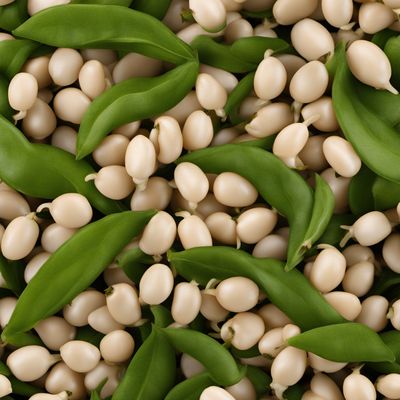
Black eyed peas (with pods)
The Versatile Delight: Exploring the World of Black Eyed Peas with Pods

Stink beans (with pods)
The Pungent Delicacy: Stink Beans